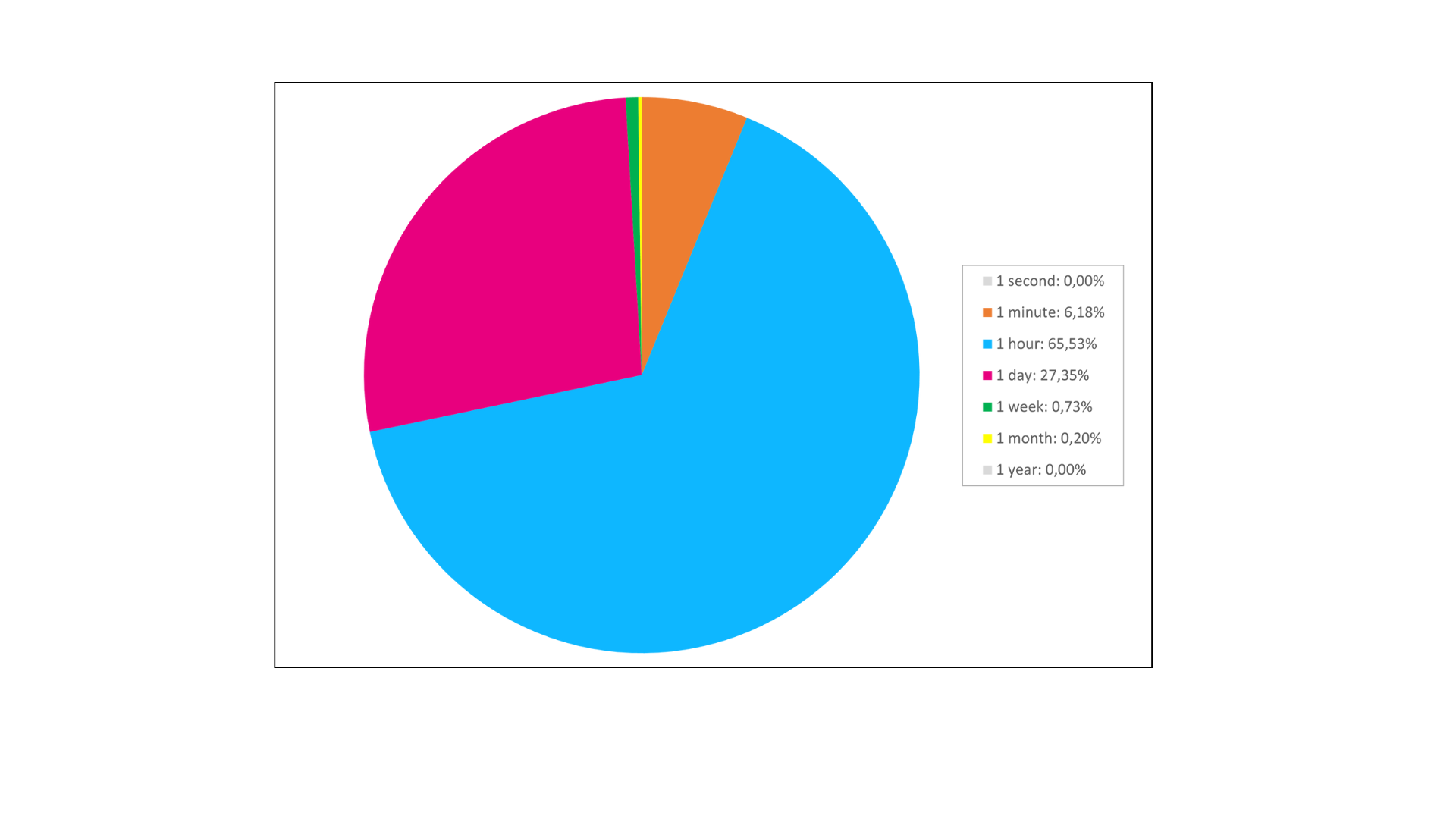Does the Age of your Article Affect its News Box Visibility?
15. May 2023Getting a news article into Google’s News Box is the main goal for many publishers. FYI: News Boxes are the boxes on SERPs labeled ‘Top Stories” or other titles where only news publishers rank. But how much time has to pass after publishing an article before it has a chance to even be included in a News Box? A second? An hour? A day? And are there any remarkable differences between mobile and desktop News Boxes?
With the help of our News Dashboard data, we were able to find out just that!
The data
Let’s start off with the basics, a.k.a., the data we examined:
The foundation of the analysis were the total number of News Box rankings in 2022. That entails all articles that at one point in 2022 had a spot in a News Box both on mobile and desktop. Based off of that, we looked at the ages of those articles and calculated their respective percentage of the absolute number of articles that had a News Box ranking. The (rounded) age of the article is:
- one second
- one minute
- one hour
- one day
- one week
- one month
- one year
Before looking at the results of our analysis, take a guess at which of the articles’ ages were most successful.
Here’s what News SEO expert Barry Adams said in an interview with RankRanger about his take on article age and ranking: “24 to 36 hours is more or less the maximum you can expect for an article to show up in those Top Stories boxes.”
The results
Alright, let’s now have a look at what we were able to find out!
At the outset we can say that the data from mobile and desktop News Boxes were so similar that we were able to simply analyze them as one unit of News Boxes.
Here’s a pie chart showing the distribution of the articles’ ages that were ranking in 2022’s News Boxes:
One look and it’s easy to spot which one’s the clear winner: articles that were an hour old made up a whooping 65% of the total. No other age comes even close to that number. Articles that were a day old made up about 27% of the total. Articles that were a minute old accounted for 6 percent of rankings. The rest of the time increments didn’t account for enough rankings to have a meaningful impact.
Conclusion
What can you take away from this for your future News Box rankings?
If you’ve published an article very recently and you’re frustrated by it not ranking in a News Box, you may need to be a little more patient. Articles from an hour to a day old have the highest chance of being included in a News Box.
Note, however, that those results may not apply to every kind of news coverage. In the context of live coverage that is being constantly updated, for example, these findings are likely not applicable. If you are interested in how articles with a live label can influence your News Box ranking, check out our live label analysis.
You’re not yet part of the News Dashboard family? Request your FREE demo today and find out what publishing-strategy works best for you!
